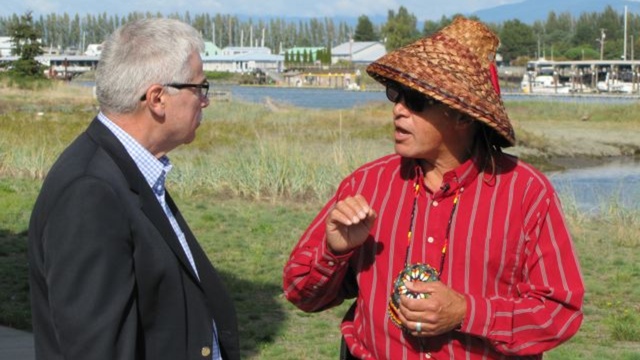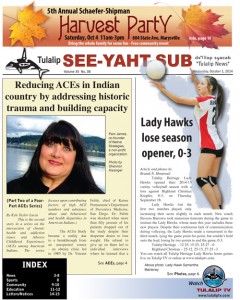Twenty-two tribes and indigenous organizations in 15 states will receive a total of copy1.3 million in grants from the Centers for Disease Control to combat chronic diseases commonly plaguing Indian country, the U.S. Department of Health and Human Services announced on September 25.
The biggest winner is the Alaska Native Tribal Health Consortium, which got copy.1 million, HHS said in a release. The smallest award went to Santa Ana Pueblo, for copy20,000.
It is part of overall grants totaling about $212 million awarded to all 50 states and the District of Columbia “to support programs aimed at preventing chronic diseases such as heart disease, stroke and diabetes,” the U.S. Department of Health and Human Services said in a statement. “This new initiative aims to prevent heart disease, diabetes, stroke, and associated risk factors in American Indian tribes and Alaska Native villages through a holistic approach to population health and wellness.”
These are all prevalent problems in Indian country.
Indian National Rodeo Finals Launches Health Campaign; Declares Diabetes Awareness Day
The grantees will work within their communities using culturally appropriate measures to reduce exposure and use of commercial tobacco, improve nutrition and exercise, support breastfeeding, boost health literacy and strengthen team-based care by linking community resources with clinical services, HHS said. Half the awards are going directly to tribes, while the other half will be used to support tribal organizations that provide services, training, assistance and leadership in various areas to tribes and villages. The program is financed by the Prevention and Public Health Fund of the Affordable Care Act, HHS noted.
The other tribal grantees were the InterTribal Council of Arizona, Inc., which got $850,000; the California Rural Indian Health Board, Inc., whose grant was $788,972; United Indian Health Services, Inc., in California, with $650,000; the Nez Perce Tribe in Idaho, which is awarded $200,000; the Kickapoo Tribe in Kansas, with copy94,876; the Sault Sainte Marie Tribe of Chippewa Indians in Michigan, which gets $325,000; Fort Peck Community College in Montana, with $317,039; also in Montana, the Montana-Wyoming Tribal Leaders Council, which got $648,124; the Winnebago Tribe of Nebraska, netting copy78,493; the Albuquerque Area Indian Health Board, Inc. of New Mexico, which received $850,000; Oklahoma City Area Inter-Tribal Health Board, with $850,000; two grants in Oregon, with $850,000 going to the Northwest Portland Area Indian Health Board and copy99,159 to the Yellowhawk Tribal Health Center; the Catawba Indian Nation of South Carolina got copy99,804; the Great Plains Tribal Chairmen’s Health Board in South Dakota netted $650,000, while the Lower Brule Sioux Tribe received $200,000. In Tennessee the United South and Eastern Tribes, Inc. (USET) got $849,998, the Great Lakes Inter-Tribal Council, Inc. in Wisconsin received $850,000, and, also in Wisconsin, the Red Cliff Band of Lake Superior Chippewa Indians got $200,000.










